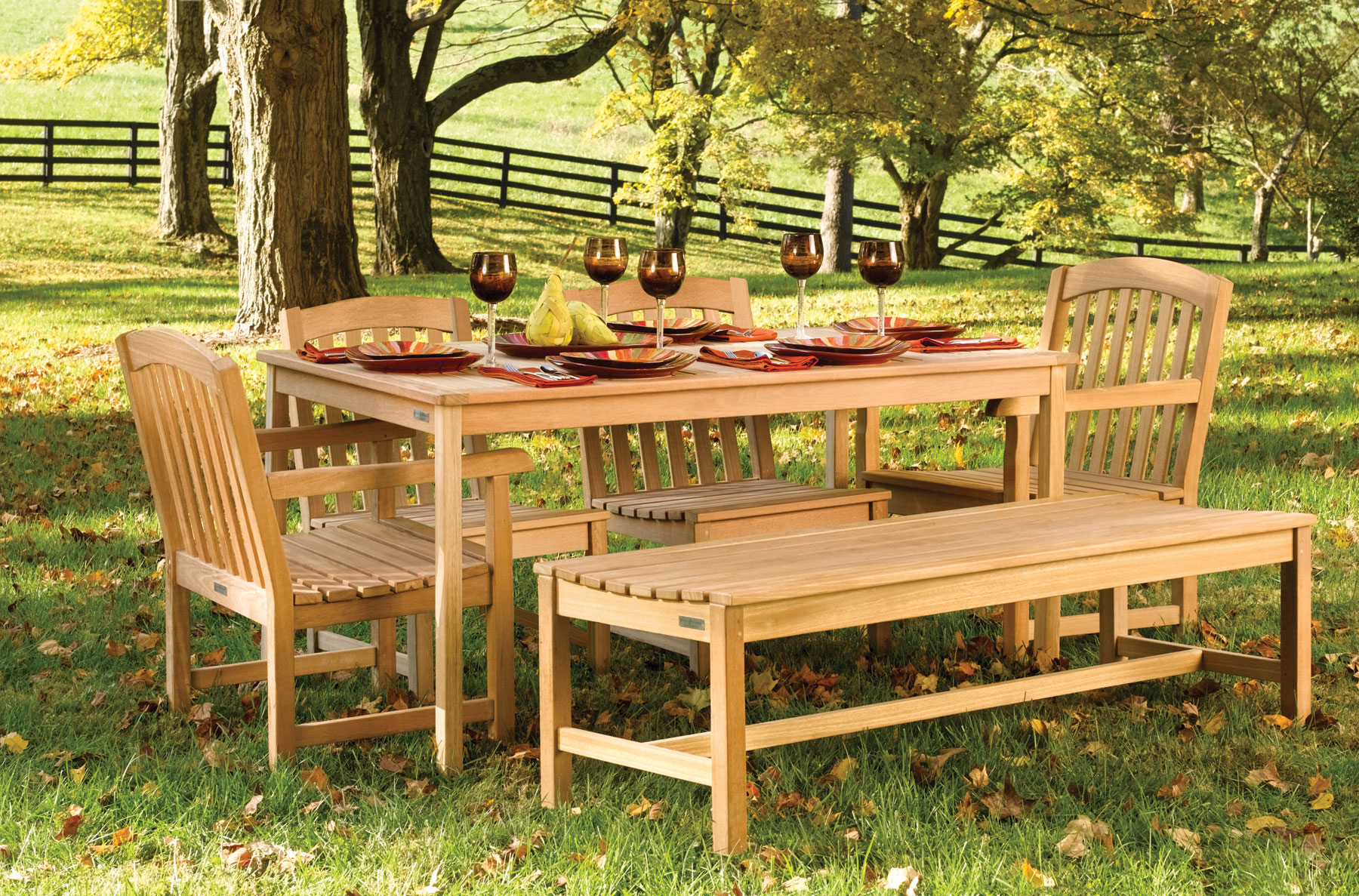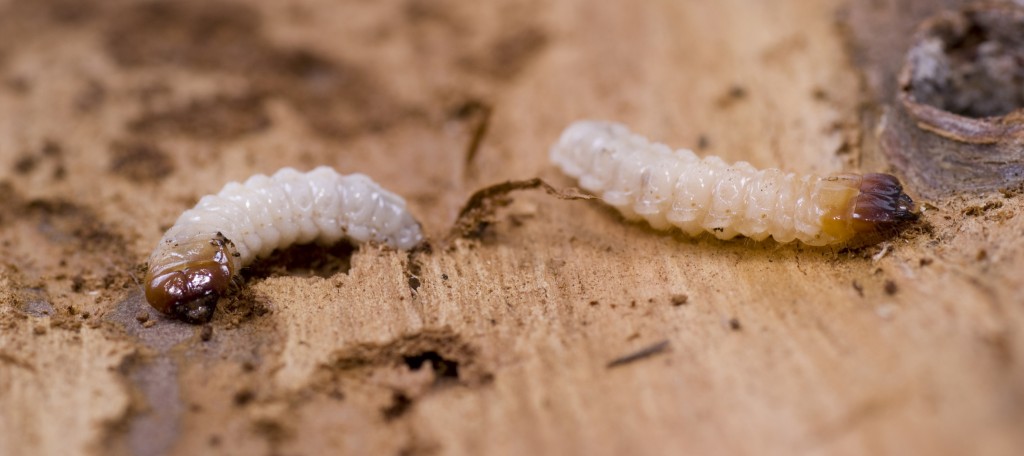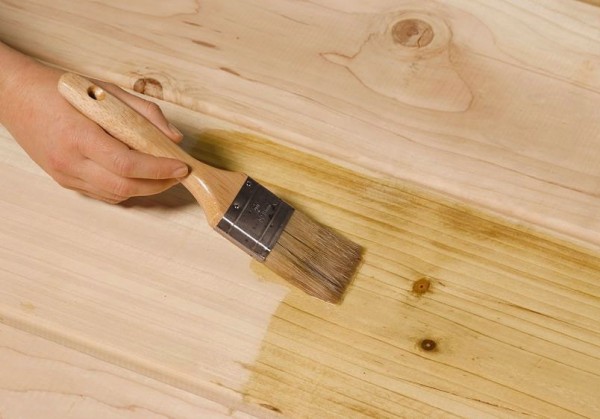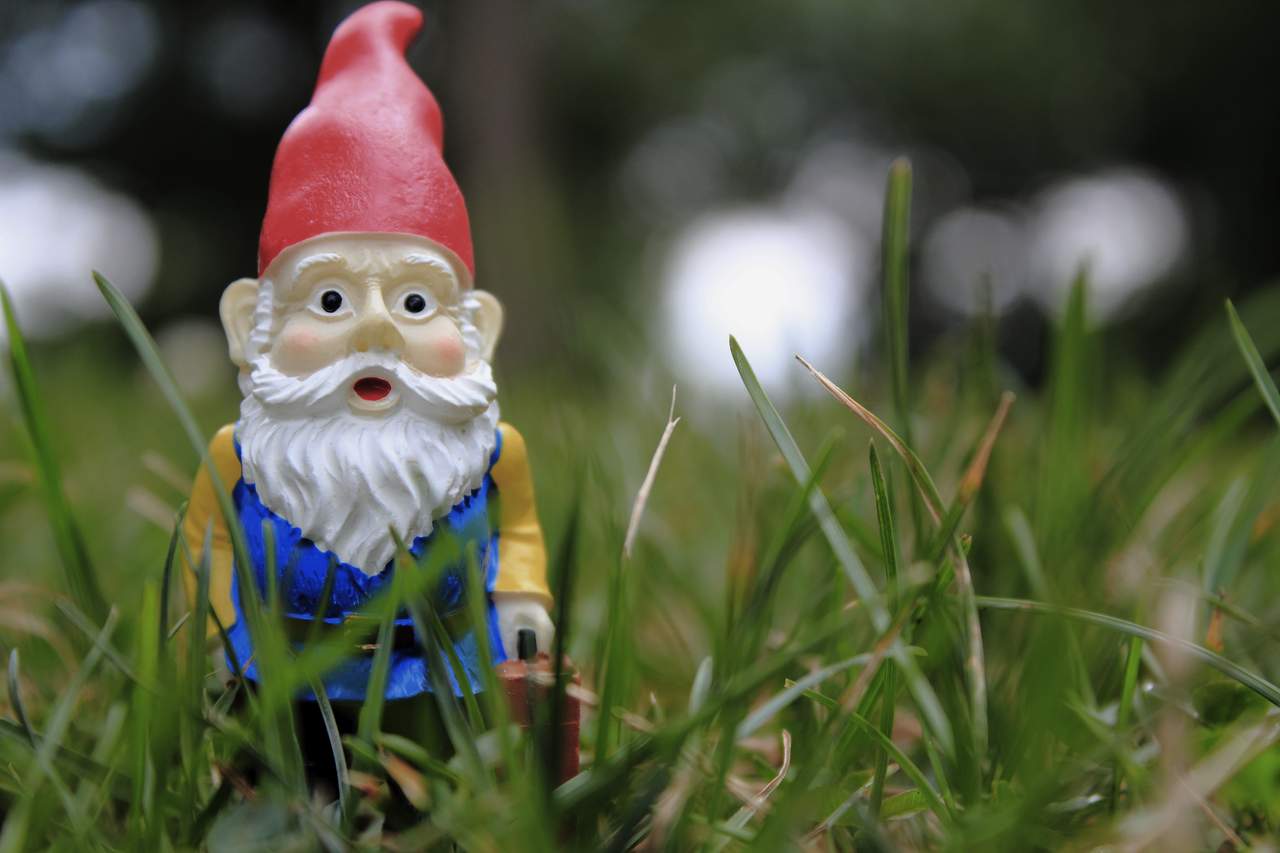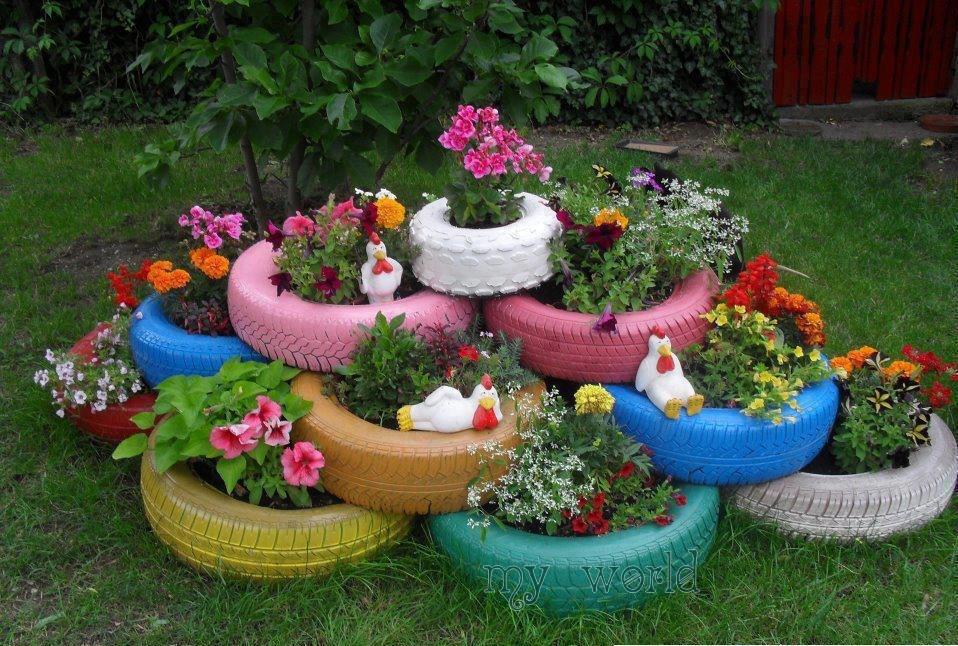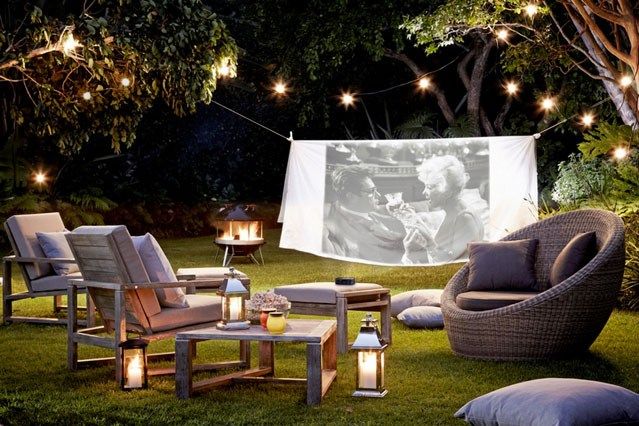When it comes wood furniture maintenance, especially for the garden furniture, the lacquering and treatment of the pieces needs to be one of your priorities, if not the most important one.
For new surfaces, made out of untreated wood, the first step is to apply a primer, as a protective layer onto the natural wood. In addition, besides its role against decay, fungi and wood specific pests, the primer ensures the strengthening of the wood fibers and the adhesion of the finish layers. The next task would be to apply at least two coats of lacquer. Apply the coats by brushing or rolling along the wood fibers.
If the wood underwent this operation before, you need to take some preliminary measures before doing it again – removing the previously applied coats and cleaning the surface. After you have done this, you can proceed with the actions described above.
The wood furniture’s most dangerous enemies are fungi and xylophagous (insects). These two can even endanger the safety of the construction at some point. If the wood is healthy, without wormholes or rot, the risk of it being affected by biological degradation is smaller.
If you are willing to study the correct steps that need to be completed in order to have really beautiful furniture and a well groomed garden, you will definitely be informed that the wood needs to be treated with linseed oil before being used in different constructions. The oil prevents the wood from swelling or bursting when exposed to moisture. You need to use a brush and apply at least three or four coats of oil, depending on the wood’s absorption rate. After this, apply a “depth” lacquer to provide a nice color.
You can’t lacquer raw (wet) wood. First, it needs to be stabilized, so as not to hold moisture. The wood covered in bark can be lacquered directly, since the bark already has the waterproofing role.
Photos via Pinterest
